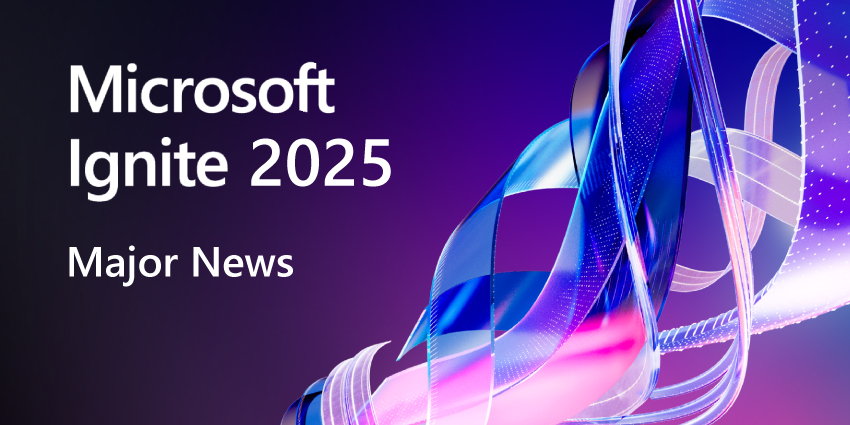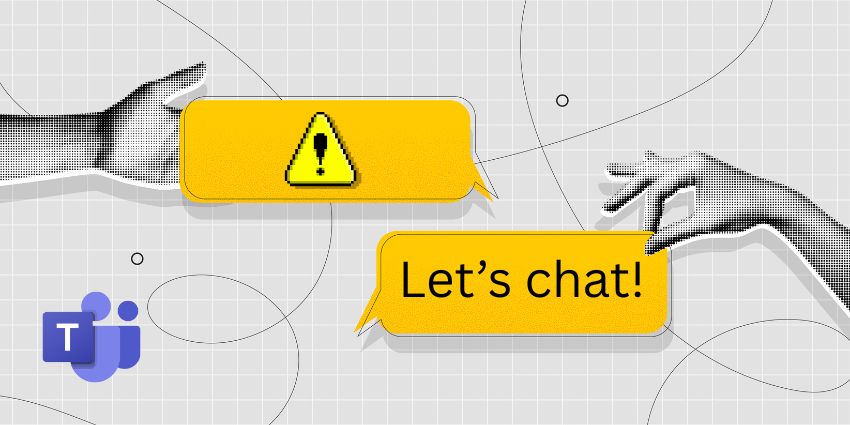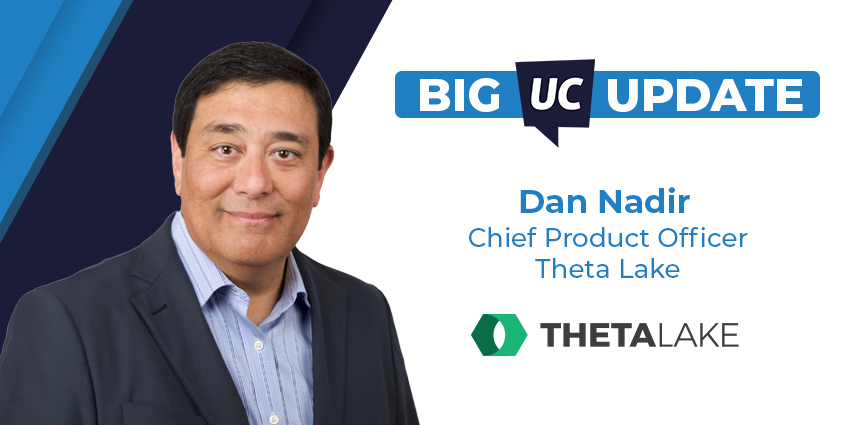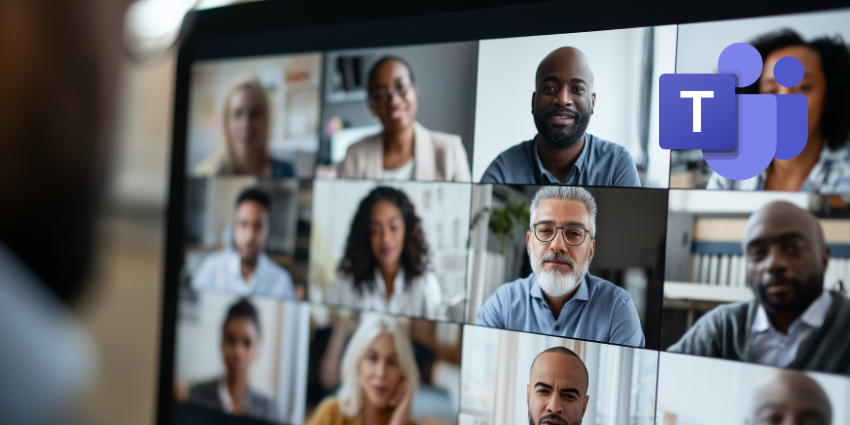Microsoft used Ignite 2025 to deliver a pointed message to every organization wrestling with platform sprawl and escalating risk: incremental security is no longer enough. In a year marked by the rapid rise of AI agents, cloud-native architectures, and the adoption of serverless solutions, the company unveiled a comprehensive security strategy that spans the entire lifecycle from development to runtime, identity to compliance, and device to data.
The centrepiece of this shift is the native integration of Microsoft Defender for Cloud with GitHub Advanced Security. This marks Microsoft’s bid to secure the software supply chain at its source, unifying two previously separate ecosystems.
The rise in sophisticated software supply chain attacks necessitates a more comprehensive approach to security, spanning from code to runtime. The logic is simple. With software creation accelerating and dependency chains deepening, the only sustainable path forward is an integrated model in which developers and security analysts work from the same signals simultaneously.
This is Microsoft’s attempt to collapse longstanding silos, accelerate incident response, and make secure-by-default development a practical reality rather than a best-practice slide deck.
- Microsoft Ignite 2025: New MCP Integration Links Teams Agents Across the Enterprise AI Stack
- Microsoft Ignite 2025: The Rise of AI Agents and Copilot in Security, Identity, and Data
Microsoft Ignite 2025 Presents a Unified Security Lifecycle From Code to Runtime
The new Defender/GitHub integration, now in preview, creates a continuous loop between development and cloud security teams. For organizations that have long been overwhelmed by fragmented tooling, it represents a decisive break from the past.
Security teams can launch campaigns directly within GitHub, open issues from Defender for Cloud, and track remediation progress without needing to switch platforms. Developers, meanwhile, gain real-time visibility into runtime risks tied back to their code, a change that has the potential to reduce blind spots and fix vulnerabilities before they escalate.
Microsoft also leans heavily on AI-driven remediation. Copilot Autofix and GitHub Copilot coding agents can automatically generate and validate fixes, accelerating the time between detection and resolution. For businesses under pressure to improve engineering velocity while reducing exposure, this marriage of automation and context is a compelling promise.
Extending Posture Management to Serverless
As organizations scale Azure Functions, Web Apps, and AWS Lambda, serverless is becoming a growing attack surface. These are often invisible, often misconfigured, and rarely monitored end-to-end. Microsoft’s new serverless posture capabilities in Defender for Cloud aim to change that.
Teams should gain deeper visibility into function-level behaviour, enabling continuous detection of misconfigurations, easier analysis of serverless attack paths, and earlier identification of at-risk resources before they reach production. For enterprises accelerating automation and AI-driven workflows, this expanded coverage offers a welcome layer of governance.
Securing the AI Agent Explosion
In 2025, AI agents have proliferated across pro-code, low-code, and no-code environments, creating a new category of operational risk that most businesses have yet to govern effectively. Microsoft is responding with unified posture management and threat protection for AI agents via Microsoft Agent 365.
Organizations gain a single view of all AI agents running across their estate, a meaningful step toward reducing “shadow AI” and reining in uncontrolled agent sprawl. Defender adds attack-path analysis specific to agentic workflows, along with proactive recommendations to prevent vulnerabilities before they mature into incidents.
Threat detection now covers prompt injection, sensitive data exposure, and malicious tool use across models, agents, and cloud apps. It is one of Microsoft’s most ambitious attempts yet to secure the AI-driven operational layer that is rapidly reshaping digital work.
Unifying Cloud Security Across Multicloud Estates
Few organizations operate in a single cloud, and fewer still manage to secure multiple environments consistently. Microsoft’s answer is a unified posture experience within Defender for Cloud, now in preview, designed to reduce the cognitive load on overstretched SOC teams.
The new experience consolidates posture management, threat protection, and exposure management across Azure, AWS, and Google Cloud into a single dashboard. It includes a centralized asset inventory and granular RBAC controls to simplify compliance for large organizations. The goal is not subtle. Reduce noise, reduce duplication, and reduce the time between detection and action.
Predictive Shielding and the Rise of Proactive Defence
Microsoft is also re-engineering the mechanics of attack disruption. Predictive Shielding, a new feature within Defender, utilizes threat intelligence and graph insights to forecast how attackers might pivot within an environment, then automatically hardens those potential paths.
Third-party signals from AWS, Proofpoint, and Okta fed through Microsoft Sentinel further extend this defensive posture across federated environments. A new Threat Hunting Agent makes investigations more accessible, allowing analysts to run complex hunts using natural language prompts, such as: “Which devices communicated with this domain in the last 24 hours?” The system responds with queries, visualizations, and insights without requiring KQL expertise.
The Larger Shift: From Fragmentation to Integration
The security world is no longer defined by the number of tools an organization deploys, but by the speed at which it can interpret and act on signals. Microsoft Ignite 2025’s security updates reflect a world in which the battle for resilience will be won not through more dashboards, but through more coherence.
For IT and security leaders, particularly those navigating talent shortages, AI risks, and multicloud complexity, this integration-first approach embodies a significant shift. Security is becoming increasingly interconnected, predictive, and embedded in the development lifecycle itself.
Catch up on all the news, updates, and analysis from this year’s Microsoft Ignite here.
Join the Conversation
Want to share how AI is reshaping human experience at work?
Join 2,000+ industry professionals in our UC Today LinkedIn Community
Subscribe to our newsletter for weekly insights on UC, AI, and the evolving workplace.







